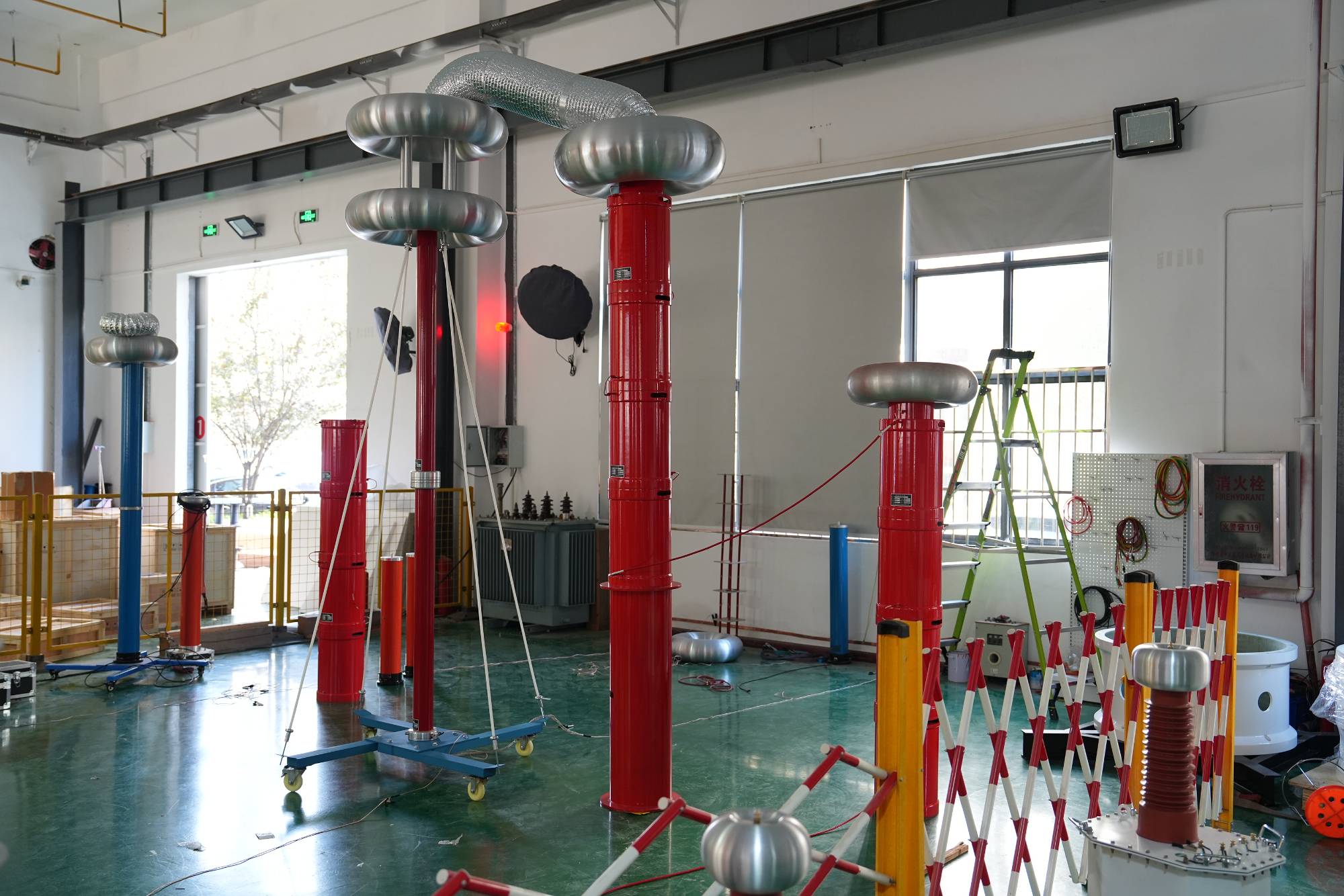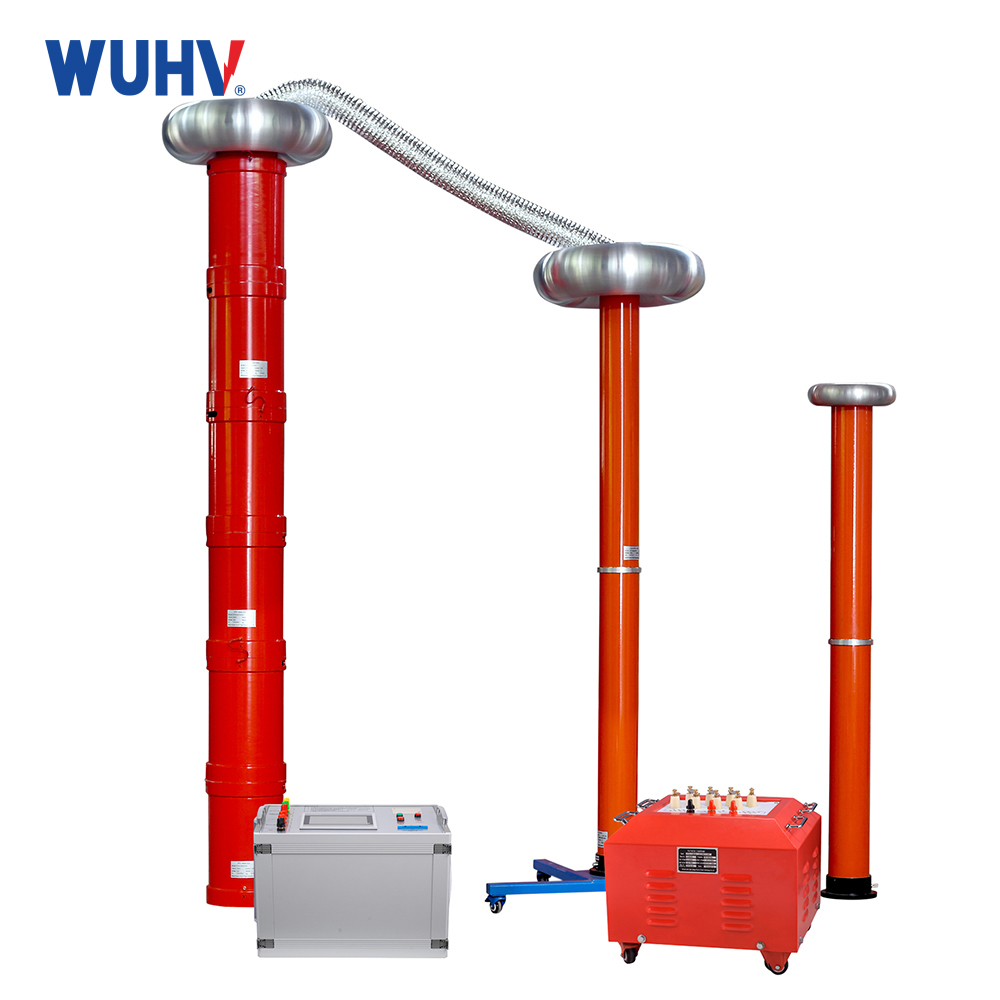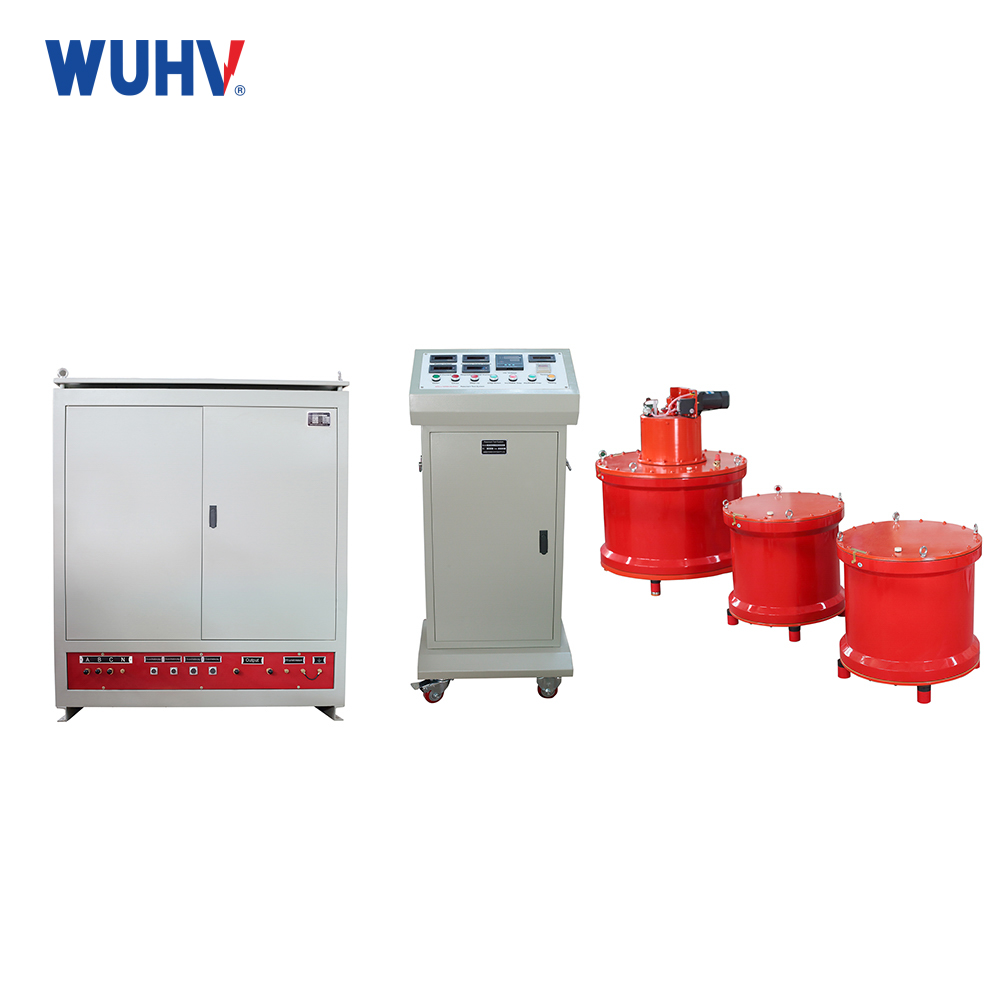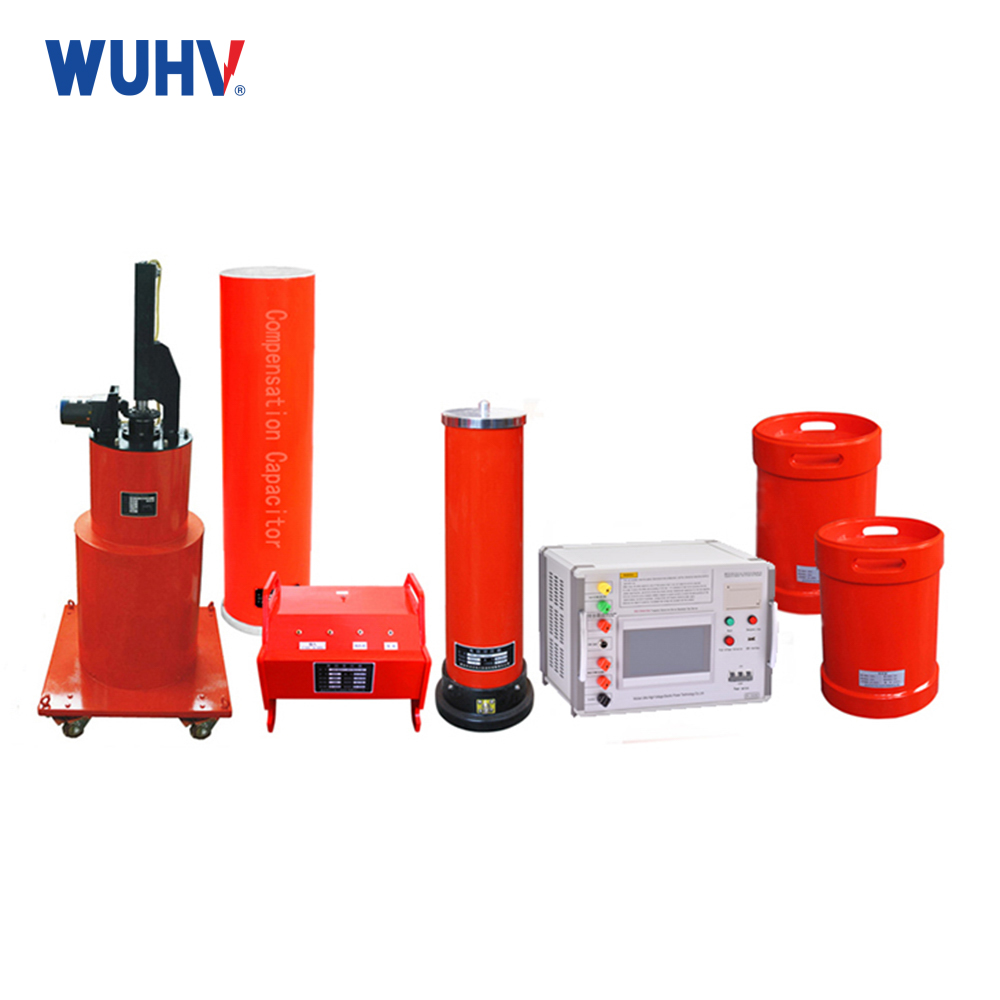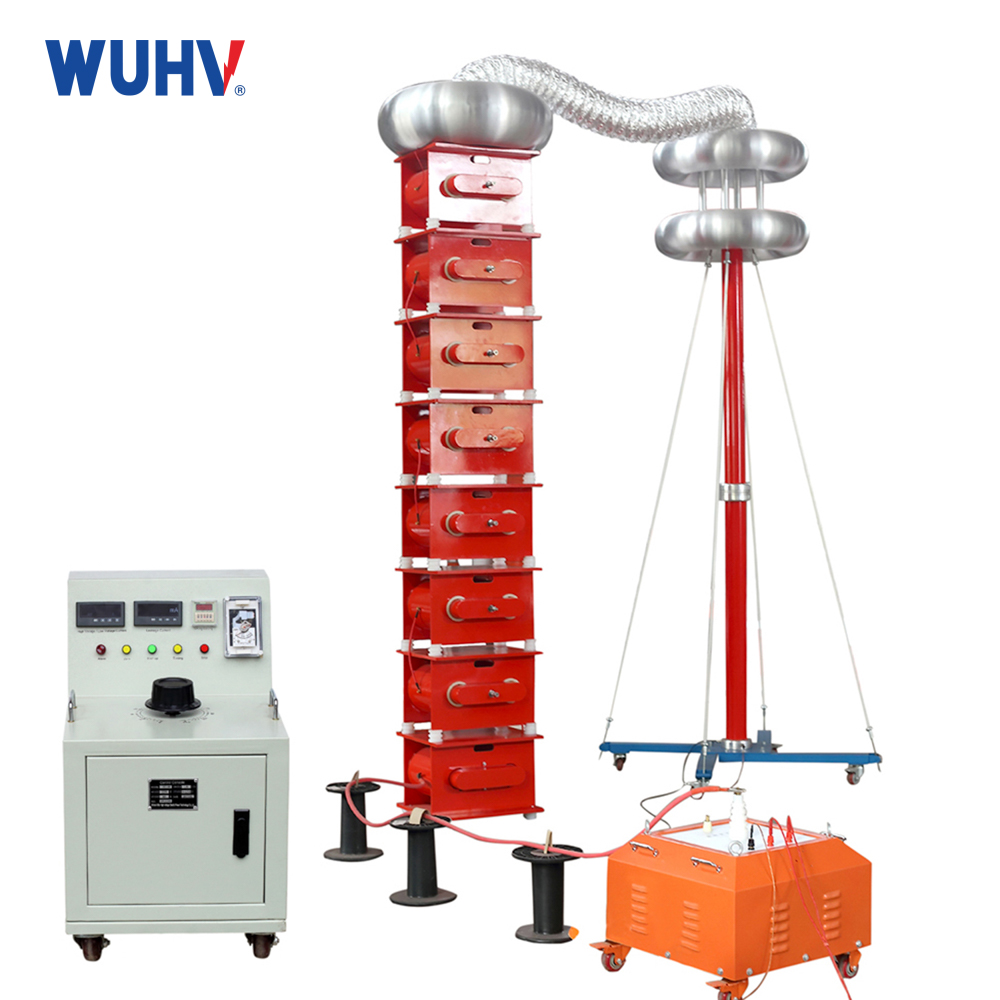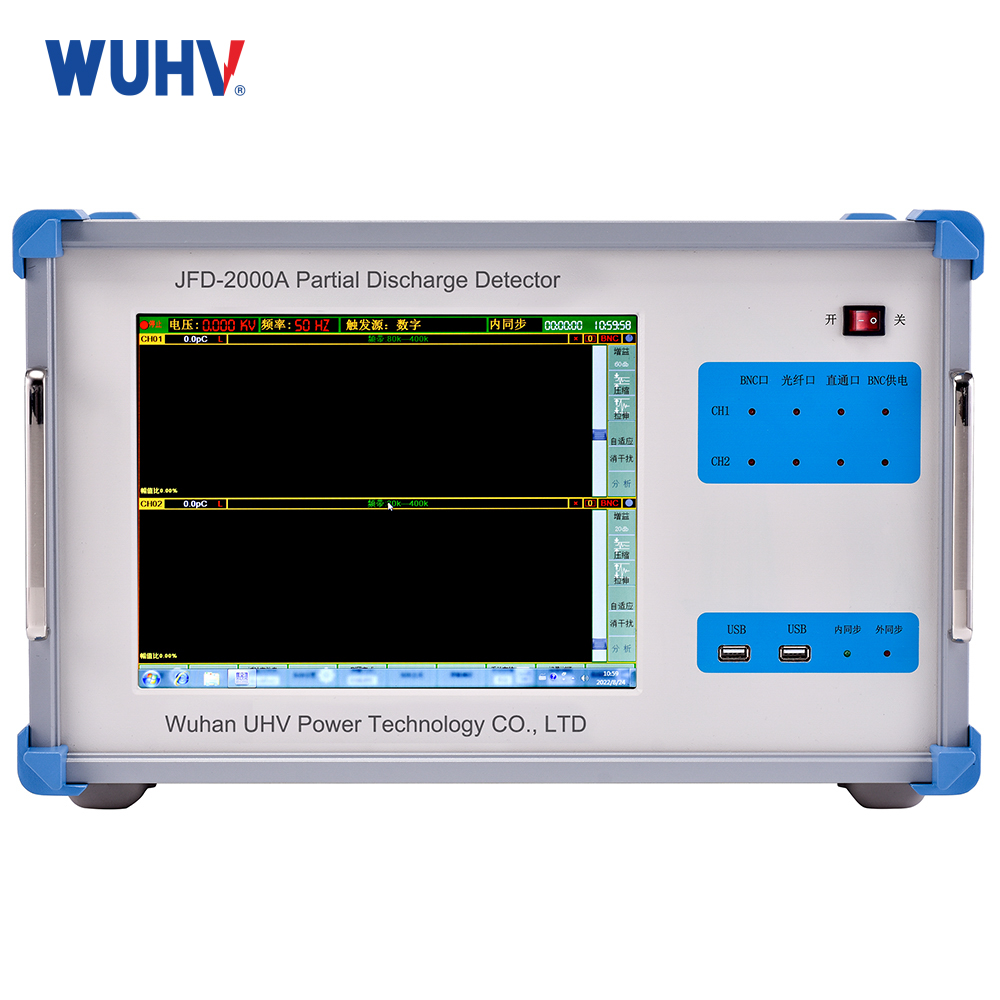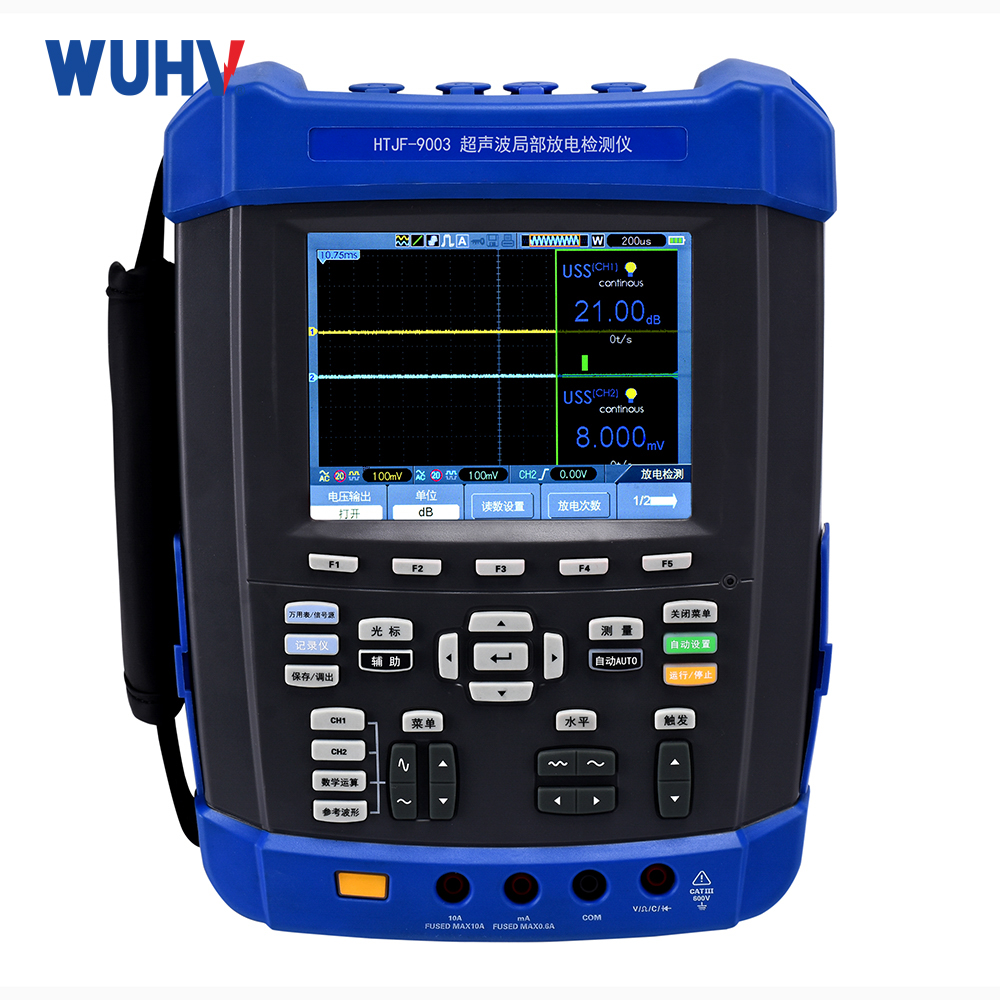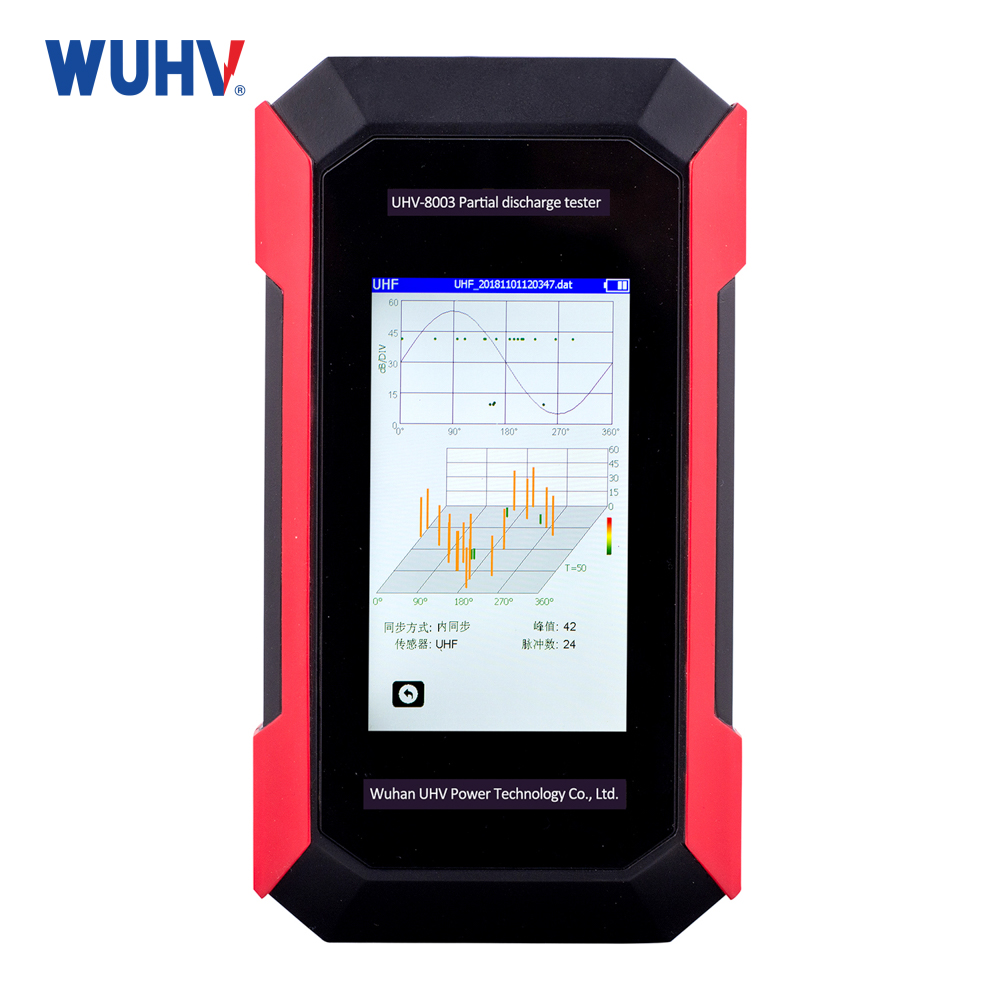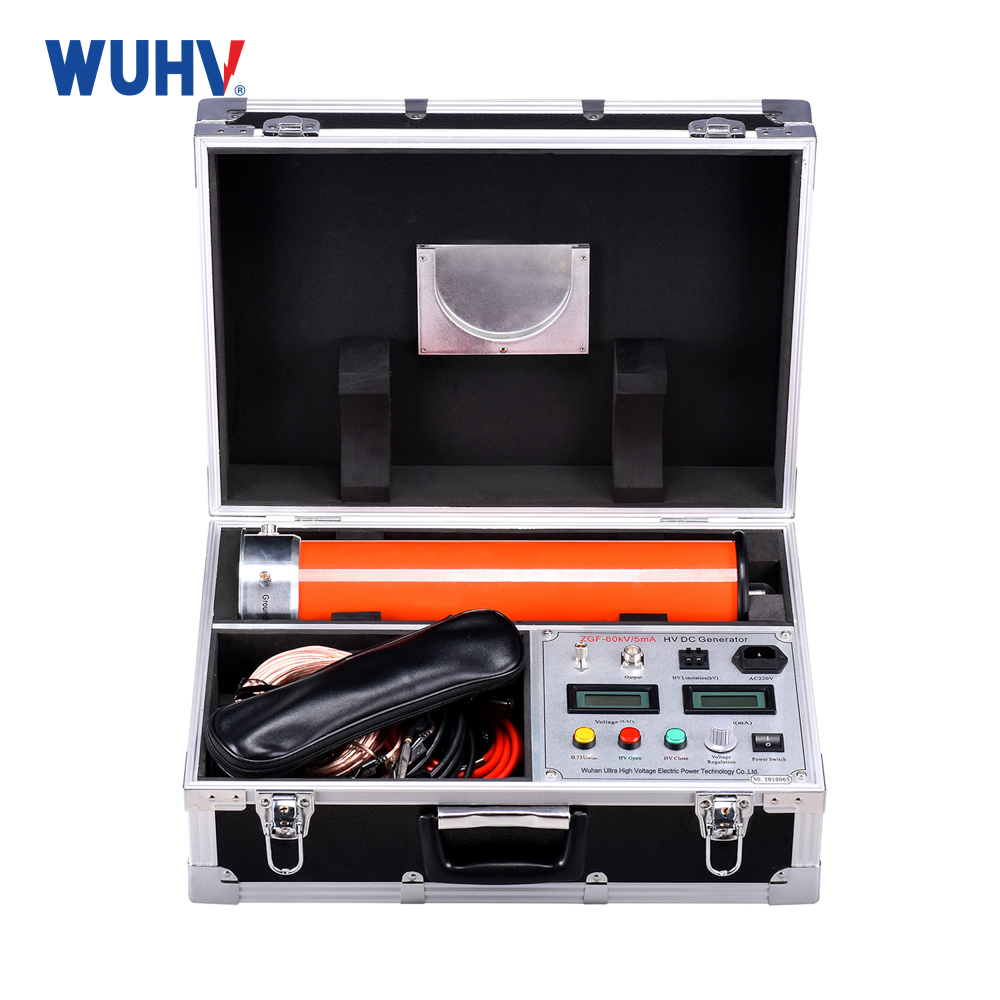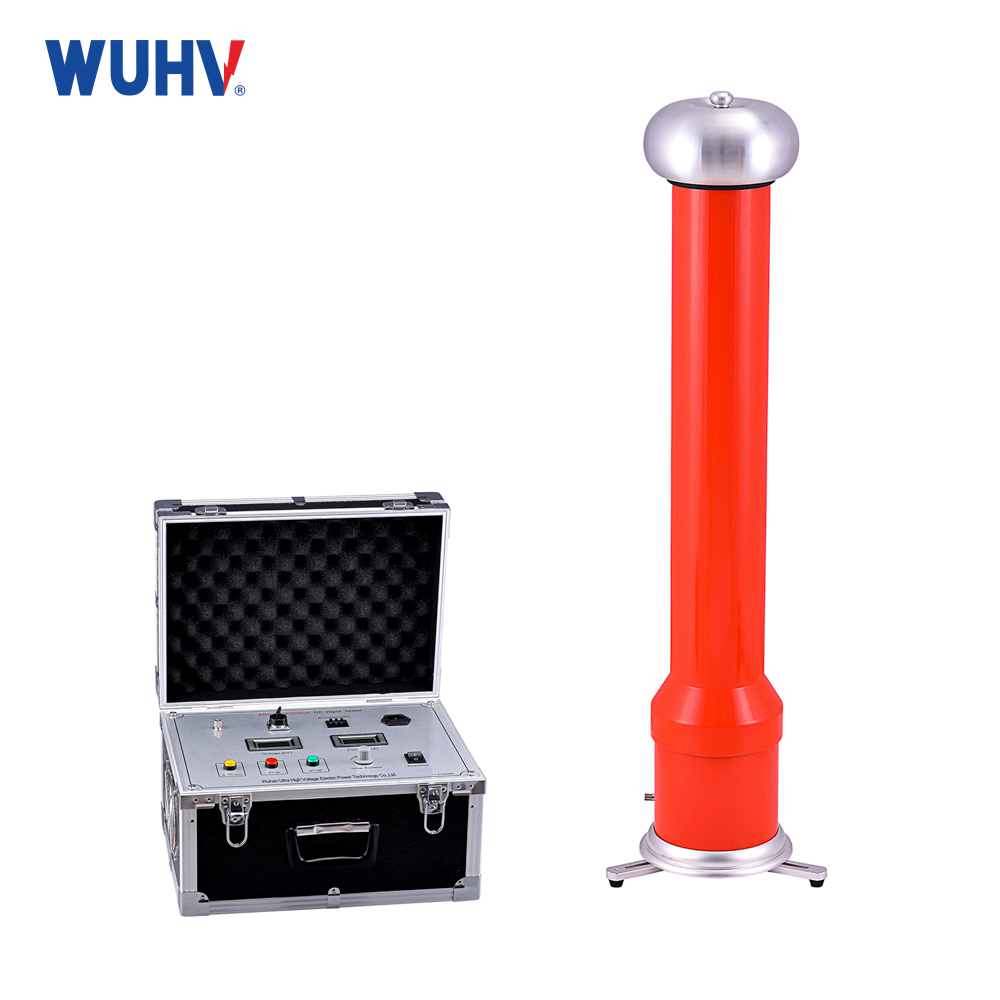Power workers must strictly follow the testing procedures and regularly conduct AC withstand voltage tests on large electrical equipment, which requires the use of series resonant withstand voltage testing devices. Due to the high voltage and power capacity requirements of traditional power frequency withstand voltage test devices, which are bulky and heavy, they are not easy to transport. However, the series resonant withstand voltage test device can solve the disadvantages of traditional power frequency withstand voltage test devices, such as being difficult to transport and having poor flexibility. Therefore, the series resonant withstand voltage test device is widely used in AC withstand voltage tests of large electrical equipment, such as power transformers, power cables, hydroelectric generators, etc. The series resonance withstand voltage test device is divided into frequency modulation series resonance and inductive series resonance. So, what is the difference between frequency modulation and inductive series resonance withstand voltage test devices?
Next, I will introduce to you:
Frequency modulation series resonant withstand voltage test device
Also known as variable frequency series resonance withstand voltage test device, variable frequency series resonance, etc. It utilizes the principle of series resonance by exciting the series resonant circuit with an excitation transformer, adjusting the output frequency with a variable frequency power supply, and connecting the circuit inductance L and the test sample C in series. The resonant voltage is the voltage applied to the test sample. This device is suitable for high-capacity, high-voltage capacitive test samples, such as power transformers, high-voltage power cables, etc.
Inductive series resonant withstand voltage test device
The inductive series resonance test device refers to a method of conducting power frequency or AC withstand voltage tests on large electrical equipment, such as generator sets, with a constant resonance frequency and adjustable inductance. The experimental device utilizes powerful software functions to set up automatic, manual, and semi-automatic tests. The device has stable performance and reliable functions, meeting the technical specifications and requirements for power frequency AC withstand voltage testing of electrical equipment of various specifications and capacities.
The difference between frequency modulation and inductive series resonance
In fact, the working principle of frequency modulation and induction series resonance is the same, both creating resonance conditions to conduct voltage withstand tests on the test sample. The difference is that the two achieve resonance conditions in different ways. Frequency modulation series resonance is achieved by changing the output power capacity and frequency to reach resonance conditions while keeping the inductance and capacitance constant; Inductive series resonance, on the other hand, achieves the resonance conditions of the experiment by changing the inductance while keeping the power output frequency and capacitance constant. Overall, both have their own advantages. Frequency modulated series resonance allows for flexible combination of reactors, while inductive series resonance allows for flexible adjustment of inductance. Both are devices used for conducting AC withstand voltage tests on large capacity electrical equipment.
Wuhan UHV specializes in producingseries resonance (also known as variable frequency series resonance withstand voltage device)and has been engaged in the electrical measurement industry for many years. Its products have first-class quality and welcome customers to come and purchase


